
About International Film Festival of India (IFFI):
- The IFFI, founded in 1952, is one of the most significant film festivals in Asia.
- It is held annually, currently in the state of Goa.
- The IFFI aims at providing a common platform for filmmakers of the world to project their excellence in film art, contributing to the understanding and appreciation of film cultures of different nations in the context of their social and cultural ethos, and promoting friendship and cooperation among people of the world.
- The first edition of the event was held in Mumbai, which in the subsequent years moved to Calcutta, Delhi, Madras, and Trivandrum.
- Since its third edition, the event has become competitive.
- Since 2004, IFFI has moved to its permanent venue at Goa, where it is jointly organized each year by the National Film Development Corporation of India Ltd. (NFDC), Ministry of Information and Broadcasting, Government of India, in collaboration with the State Government of Goa and the Indian Film Industry.
- It is the only film festival in South Asia that is accredited by the International Federation of Film Producers and Associations (FIAPF) as a Competitive Feature Film Festival.
2. AroTrack
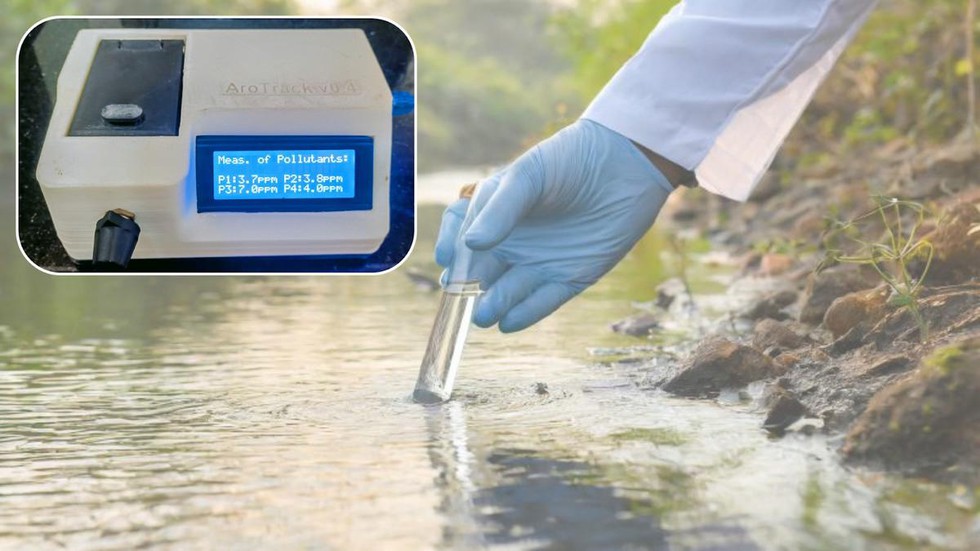
About AroTrack:
- It accurately detects harmful aromatic xenobiotic pollutants such as phenol or benzene, xylenols.
- It uses proteins typically found in bacteria living in heavily polluted environments to effectively identify multiple aromatic pollutants in water.
- This protein undergoes a highly selective ATP hydrolysis chemical reaction if an aromatic compound is present in the sample.
- This reaction is expressed with a change in the colour of the protein solution, which AroTrack can then detect.
- AroTrack contains a light emitting diode [LED]-phototransistor assembly that shines a light of appropriate wavelength through the sample and detects how much is absorbed.
- The key component of the device is a biosensing module called MopR - a sensitive sensor for detecting phenol.
- The device also reliably worked in water temperatures up to 50 degrees Celsius and completed the tests in less than 30 minutes.
- Significance: It's low cost, battery-operated nature, and portability can be ideal for rural and low-income settings that often lack resources and have difficulty accessing expensive laboratory tests.
3. Global Energy Efficiency Alliance
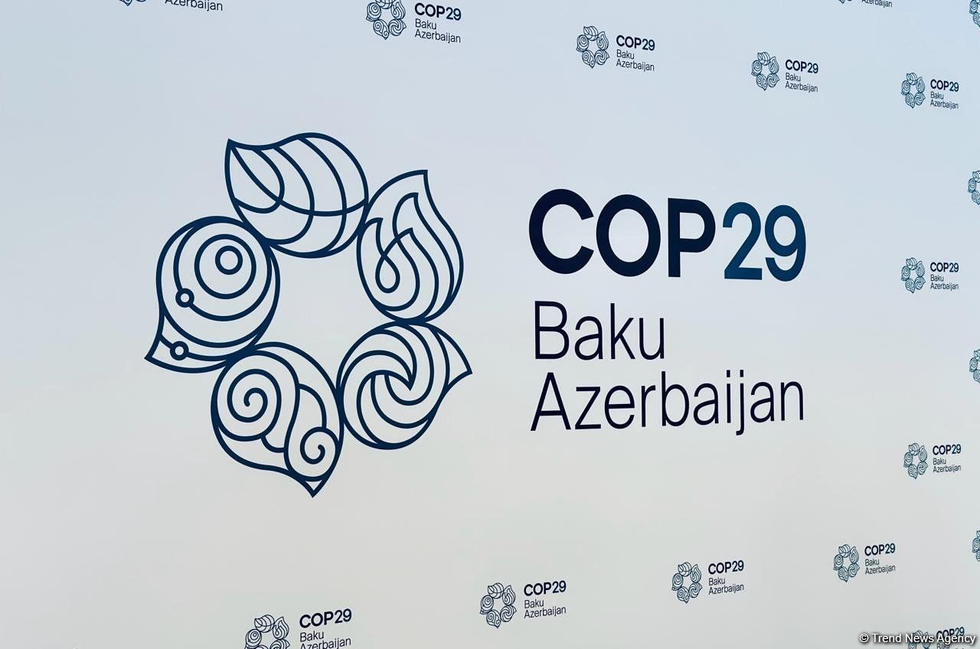
About Global Energy Efficiency Alliance:
- It aims to double global energy efficiency rates by 2030 and contribute to significant emission reductions.
- It also encourages strategic public-private partnerships and bolster investments in energy efficiency initiatives.
- This initiative aligns with the ‘UAE Consensus’ from COP28, where all 198 participating countries in COP28, organisations, and companies committed to reducing carbon emissions and minimising natural resource consumption.
- The UAE plans to lead the alliance by sharing its expertise in energy efficiency, fostering knowledge transfer, and building effective partnership models with the private sector.
- Significance
- The alliance is designed to support the reduction of carbon emissions and the sustainable use of natural resources through knowledge sharing, capacity building, and standardization efforts.
- The alliance will focus on compiling and disseminating best practices, with a particular emphasis on assisting African nations.
- This support will extend to developing financing options and technological solutions vital for the continent’s progress in energy sustainability.
4. Biofloc Technology and Recirculating Aquaculture Systems
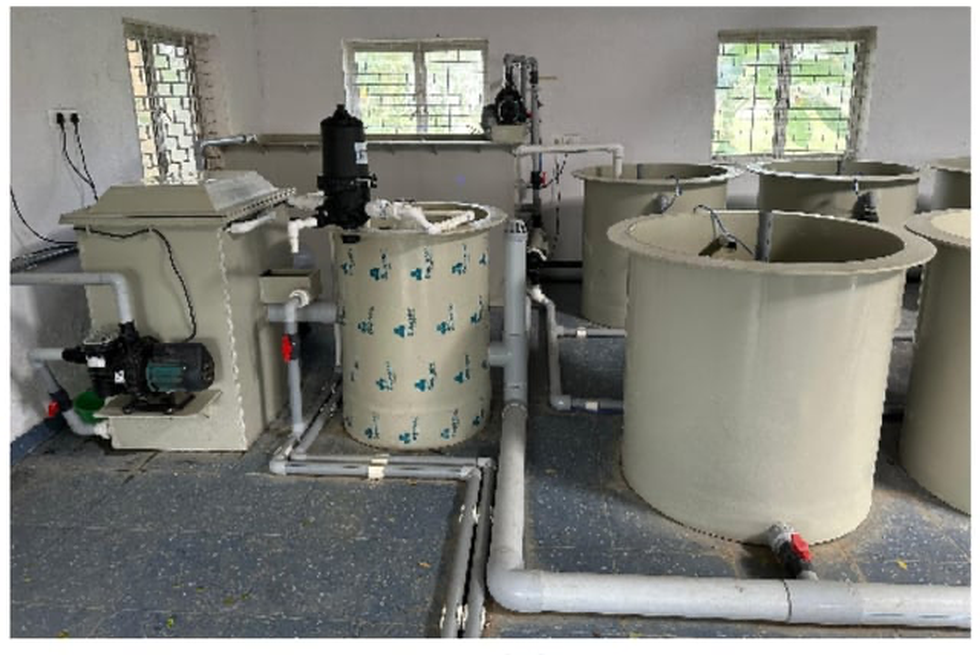
About Biofloc Technology and Recirculating Aquaculture Systems:
- Biofloc Technology is a closed tank-based fish farming approach which cleans the water in fish tanks by using beneficial bacteria.
- Heterotrophic bacteria (commonly Bacillus, Pseudomonas, Nitrosomonas, Nitrobacter, Acinetobacter, and Alcaligenes) are used to convert organic waste (such as uneaten feed and fish waste) into microbial biomass, which can then be consumed by the fish or shrimp.
Advantages
- This process keeps the water clean without needing to change it often and at the same time reduces the risk of disease as well in the fish. Water stays cleaner, hence farmers do not need to depend on external use of chemicals or antibiotics.
- BFT also saves money on feed, as fish can get extra nutrients from the recycled waste, making it sustainable, cost-effective and environmentally friendly for fish farming.
- The inbuilt aeration system to maintain adequate dissolved oxygen levels to promote microbial activity, along with mechanical filtration reduces chances of infection.
- It is more suitable for small farmers with limited land as it can be established in a small area and even set up for backyard farming. However, it is associated with challenges, including high costs.
What is Recirculating Aquaculture Systems (RAS)?
-
- It is also a closed-loop tank-based farming that recycles water after filtration.
- RAS filters and cleans the water in the tank, removing waste and keeping it safe for the fish to live in.
- It has automated set up of culture tanks with both mechanical and biological filtration units, and effectively prevents the entry of pathogens from external sources.
- It requires the minimal interventions to assess the culture, water and disease monitoring, which allows for improved biosecurity. So, fish are less likely to get sick and need for disinfectants or antibiotics is thereby reduced.
- The RAS approach also offers a controlled environment for factors like temperature, oxygen levels and cleanliness, ensuring optimal conditions for healthy fish growth.
- It can be set up indoors or in areas without natural water sources, allowing fish to be raised closer to cities and where demand is high.
5. Bhu-Neer Portal
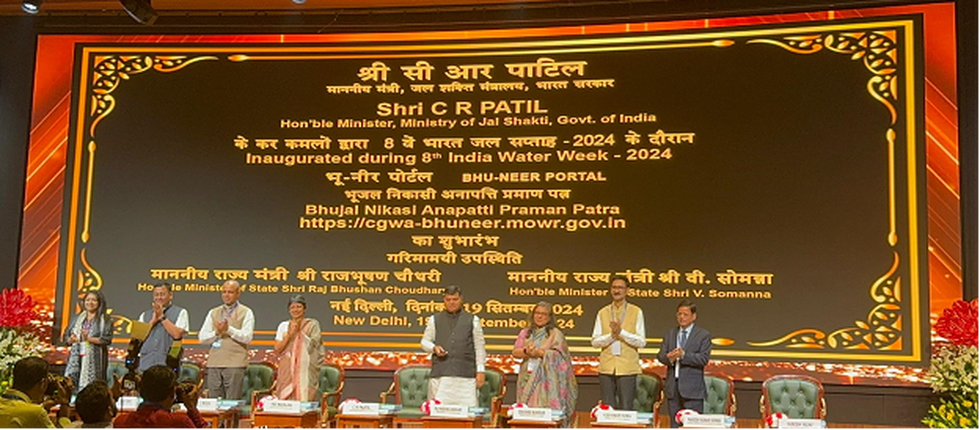
About Bhu-Neer Portal:
- It is an advanced portal developed by Central Ground Water Authority (CGWA), under the Ministry of Jal Shakti, in collaboration with the National Informatics Centre (NIC).
- It is for improved groundwater regulation across the country.
Features
- The portal will serve as a one-stop platform for managing and regulating groundwater resources, aimed at ensuring transparency, efficiency, and sustainability in groundwater usage.
- It is designed to provide comprehensive details regarding the legal framework governing groundwater extraction, regulations at the state and national levels.
- Its centralized database will allow users to access critical information on groundwater compliance, policies, and sustainable practices.
- The portal is developed with several user-friendly features to offer streamlined process flow to the project proponents seeking groundwater withdrawal permits.
- Having a simplified yet informative interface, and features like PAN based single Id system, NOC with QR code etc., “Bhu-Neer” marks a significant improvement over its previous version NOCAP.
- The portal is another step towards promoting Ease of Doing Business by making ground water regulation a seamless and faceless exercise.
- The portal is now live for public use and all project proponents can visit the portal for ground water withdrawal related queries, clarifications, tracking application status, payment of statutory charges.
6. What is Central Value Added Tax (CENVAT) Credit?

About Central Value Added Tax (CENVAT) Credit:
- CENVAT allows a manufacturer to utilize the credit of excise duty or additional duty paid for the procurement of input services to pay off the excise duty on his/her final product or output services.
- Under CENVAT, manufacturers get credit for the tax paid on raw materials, which they can later use to offset the excise duty they owe the tax department.
- It was introduced as a modification to the previously functioning Modified Value Added Tax, or MODVAT.
- During the course of the manufacture of final products, the raw materials travel through various stages of production, wherein a duty is levied on every value-added at each stage.
- CENVAT, therefore, eliminates this double taxation, thereby simplifying taxation for manufacturers and consumers at large.
- In 2004, the government established ‘The CENVAT Credit Rules’ in order to implement CENVAT across the country and offer Indian manufacturers of final products certain tax credits on the excise duty payable by them.
- CENVAT credit refers to the set-off available to manufacturers if they utilize some specific inputs for manufacturing their products.
A manufacturer can claim CENVAT credit on the following cases:
- Excise duty on a final product: For manufacturers and producers of final products.
- Service tax on output services: For providers of taxable and exempted services.
- Inputs and capital goods: If these goods are being partially processed.
Impact on Businesses:
- It reduces the overall tax liability by allowing the offsetting of taxes paid on inputs against the final tax liability.
- It promotes compliance as businesses can claim credit only if the input supplier has paid the tax to the government.
- The availability of Cenvat Credit encourages businesses to invest in capital goods, as the tax paid on such goods can be claimed as credit. This incentivizes modernization and technological upgradation, leading to improved productivity and quality.
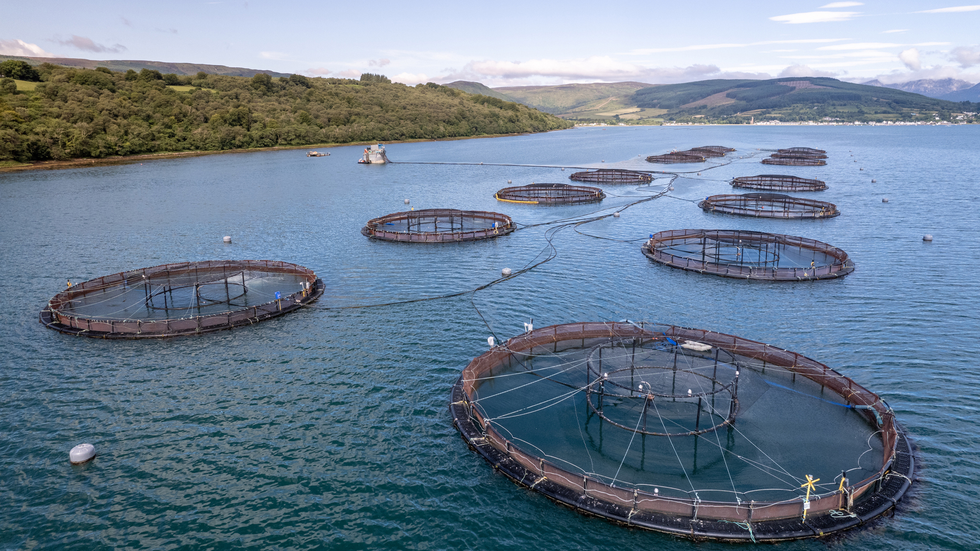
About Aquaculture:
- It is the propagation and husbandry of aquatic plants, animals, and other organisms for commercial, recreational and scientific purposes.
- It is an approximate aquatic equivalent to agriculture—that is, the rearing of certain marine and freshwater organisms to supplement the natural supply.
- This includes production for supplying other aquaculture operations, for providing food and industrial products, for stocking sport fisheries, for supplying aquatic bait animals, for stocking fee-fishing operations, for providing aquatic organisms for ornamental purposes, and for supplying feedstocks to the pharmaceutical and chemical industries.
- There are two main types of aquacultures: marine and freshwater.
- It is generally practised in coastal ocean waters, freshwater ponds and rivers, and even on land in tanks.
- It is one of the fastest-growing forms of food production in the world.
- Globally, aquaculture already supplies more than half of all seafood consumed by humans.
- More than 550 aquatic species are farmed in aquaculture.
- The top fish species include carp, catfish, salmon, and tilapia; commonly farmed shellfish include shrimp, oysters, clams, mussels, and scallops.
- Newer to marine farming are various species of seaweed, which total 27% of annual global aquaculture tonnage.
Major Producers:
- China is at the top of the global aquaculture production, producing nearly 60% of farmed seafood.
- Other leaders include Indonesia, India and Vietnam.
8. About State of the World’s Children (SOWC) Report:
- It is the annual flagship publication of the United Nations Children's Fund (UNICEF).
- The report closely examines a key issue affecting children.
- These have ranged from children with disabilities, conflict and war, child labour, urbanization, early childhood development, and much more, making it the most comprehensive analysis of global trends that impact children.
- The report includes supporting data and statistics.
Highlights of SOWC-2024:
- This year, the SOWC was launched on 20 November, celebrated globally as World Children’s Day–UNICEF’s annual day of action for and by children, with focus on ‘Listen to the Future,’ voices of children and young people on the world they want.
- The report explores three megatrends that will profoundly impact children’s lives between now and 2050: demographics shifts, the climate and environmental crises and frontier technologies.
- The report projects that by 2050, the global child population will stabilize around 2.3 billion, with a significant shift in regional distributions.
- India, China, Nigeria and Pakistan are expected to account for more than a third of the world’s child population by 2050.
- India is estimated to have the largest share at 350 million, despite a decline of 106 million compared to today.
- Nearly one billion children worldwide face extreme vulnerability to climate and environmental hazards, with Indian children disproportionately affected.
- According to the Children’s Climate Risk Index (CCRI), in 2021, India ranked 26th out of 163 ranked countries globally, with children particularly exposed to risks such as extreme heat, floods, droughts, and air pollution.
- By 2050, as the report has cautioned, children, not only in India, but also worldwide, will face dramatically increased exposure to extreme climate and environmental hazards.
- It predicts that nearly eight times more children will be exposed to extreme heat waves compared to the 2000s.
- The digital divide remains stark. In 2024, over 95 percent of people in high-income countries are connected to the internet, compared to nearly 26 percent in low-income countries.
9. Key Facts about Guyana
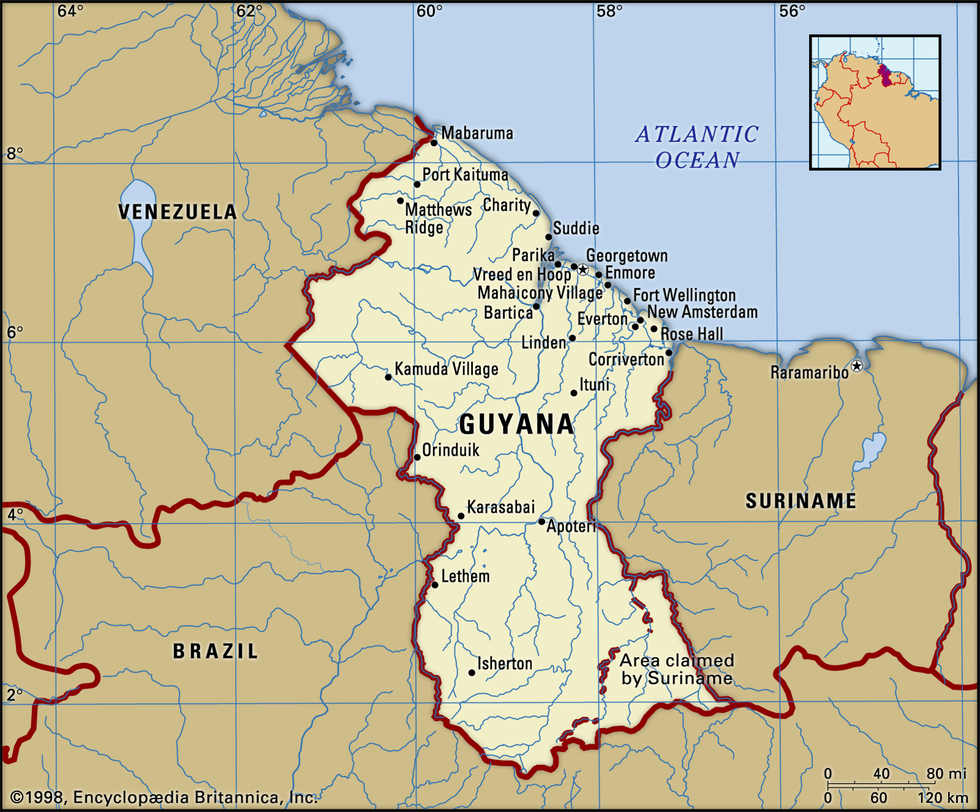
About Guyana:
- It is a country located in the northeastern corner of South America.
Borders:
- It is bordered by the Atlantic Ocean to the north, by Suriname (along the Courantyne River) to the east, by Brazil to the south and southwest, and by Venezuela to the west.
- It shares its maritime borders with Barbados and Trinidad and Tobago.
- Although geographically situated in South America, the country is culturally and historically connected to the Caribbean and is a founding member of the Caribbean Community (CARICOM).
History:
- Indigenous people inhabited Guyana prior to European settlement, and their name for the land, guiana (“land of water”), gave the country its name.
- Originally a Dutch colony in the 17th century, by 1815 Guyana had become a British possession.
- Guyana achieved independence from the UK in 1966.
- Present-day Guyana reflects its British and Dutch colonial past and its reactions to that past.
- Guyana is involved in territorial disputes with both Suriname and Venezuela that are legacies of colonial rule.
- It is the only English-speaking country in South America.
- The capital and chief port of Guyana is Georgetown.
Population:
- Guyana’s populace is mainly of colonial origin, although Indians are scattered throughout the forested interior.
- The more numerous coastal peoples are chiefly descendants of slaves from Africa and indentured workers from India, who were originally transported to work the coastal sugarcane plantations.
- It has been a member of the Commonwealth since 1970.
- Form of Government: Unitary multiparty republic with one legislative house (National Assembly).
- Currency: Guyanese dollar (G$)
- Rivers: The Essequibo River remains the largest in the nation. The Berbice, Courantyne, and Demerara are also important waterways for Guyana.
- The country is endowed with fertile agricultural lands, valuable mineral resources (including bauxite and gold), extensive tropical forests that cover 80 percent of the country, and recently discovered large offshore oil and gas (O&G) reserves.


























































































































































.png)
.png)
.png)
.png)
.png)


.png)
.png)
.png)





.png)
.png)






.png)
.png)
.png)
.png)
.png)
.png)
.png)
.png)
.png)

.png)







.png)
.png)


.png)
.png)
.png)


.png)

.png)
.png)





.jpg)

.png)
.png)


.png)

.png)
.png)
.png)

.jpg)

.jpg)


.png)

.png)
.png)
.png)
.png)
.png)
.png)
.png)
.png)
.png)
.png)




.png)

.png)





.png)
.png)
.png)
.png)
.png)
.png)
.png)
.png)
.png)
.png)
.jpg)
.jpg)

.png)
.png)
.png)
.png)
.png)
.png)
.png)
.png)
.png)
.png)
.png)
.png)
.png)
.png)
.png)
.png)
.png)
.png)
.png)
.png)
.png)
.png)



.png)
.png)

.jpg)
.jpg)


.jpg)
.jpg)
.jpg)
.jpg)
.jpg)

.jpg)








.jpg)
.jpg)
.jpg)
.jpg)
.jpg)

















.jpg)
.jpg)







.jpg)


















.jpg)
.jpg)






























































































.jpg)
.jpg)


























.jpg)

.jpg)










.jpg)








.jpg)




.jpg)










.jpg)


















.jpg)












































.jpg)














.jpg)
.jpg)
.jpg)





.jpg)

.jpg)
.jpg)





































































.jpg)


































.jpg)
.jpg)
















































.jpg)












.jpg)


.jpg)




.jpg)
.jpg)
.jpg)

.jpg)
.jpg)
.jpg)
.jpg)

.jpg)
.jpg)
.jpg)

.jpg)
.jpg)
.jpg)
.jpg)
.jpg)
.jpg)
.jpg)
.jpg)

.jpg)


.jpg)
.jpg)
.jpg)
.jpg)
.jpg)
.jpg)
.jpg)
.jpg)
.jpg)
.jpg)











.jpg)
.jpg)





.jpg)
.jpg)
.jpg)
























.jpg)
























.jpg)









.jpg)
.jpg)







.jpg)
.jpg)









































.jpg)
.jpg)
.jpg)
.jpg)
.jpg)

.jpg)
.jpg)
.jpg)
.jpg)
.jpg)


.jpg)
.jpg)
.jpg)
.jpg)
.jpg)

.jpg)
.jpg)
.jpg)
.jpg)
.jpg)
.jpg)
.jpg)
.jpg)
.jpg)
.jpg)
.png)

.png)
.png)

.png)
.png)
.png)
.png)


.jpg)
.jpg)

.jpg)
.jpg)
.jpg)

.png)
.png)
.png)
.png)
.png)
.png)
.png)

.png)
.png)
.png)
.png)
.png)
.png)
.png)
.png)
.png)
.png)





































































-min.png)



.png)




.png)








































